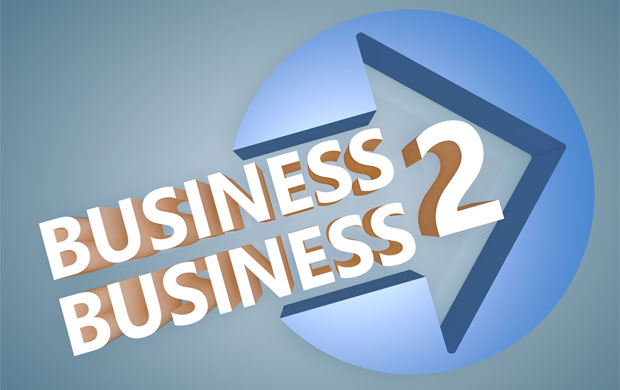Amazon Business, launched in April 2015, this week announced that it had reached the 1 million customer milestone.
“This is rapid growth,” said Ray Wang, principal analyst at Constellation Research.
It’s attributable in part to a crossover effect from the large number of B2C customers Amazon has, he told the E-Commerce Times.
Amazon Business offers business-only pricing on millions of products, and access to more than 85,000 business sellers.
Customers include hospitals, educational institutions, laboratories, daycare centers, government agencies, restaurants, Fortune 50 companies and sole proprietors. They range from Con Edison to Gwinnett County Public Schools to Johns Hopkins University to the Mayo Clinic and Siemens.
Amazon Business’ Appeal
This is what customers say about Amazon Business:
- User set-up is simple and doesn’t require any staff training;
- Pricing is competitive;
- Customers can track purchases easily;
- It’s easy to find products;
- Amazon offers rapid delivery;
- Customers can get large amounts or large items delivered easily; and
- Administrative work for procurement is reduced.
Amazon Business provides free two-day shipping on orders of US$49 or more.
The site is Amazon Prime-compatible.
It offers multiuser accounts with approval workflows and purchasing analytics, and it lets users create custom groups to match their organizations.
Customers can pay with corporate purchasing cards or through an Amazon corporate credit account. Amazon offers tax-exempt purchasing for qualifying organizations.
The site can be integrated into customers’ purchasing systems.
Amazon Business offers an analytics dashboard for customers to track and monitor their spending, with dynamic charts and data tables. Both administrators and requisitioners can access the analytics tool.
Customers can analyze spend by individual users, groups, or the entire company. They also can create and download custom reports as needed, and define and save their own custom templates.
Crushing the Competition
“There are many vendors out there offering procurement solutions, but, from the customer’s perspective, quickly setting up an account with Amazon Business’ marketplace is a better option than implementing and learning a new enterprise tool,” said Seth Lippincott, senior analyst at Nucleus Research.
Amazon’s ability to scale to meet customer needs is unparalleled, he told the E-Commerce Times.
The winners in the digital era “have built business models that aggregate components of network economies,” Constellation’s Wang said.
The network economy’s three distinct components are the following:
- Content/Value. “Whether a product, service, experience, outcome, or business model, the content is the value,” Wang explained. “How that content’s value is exchanged is the core tenet of the business model.”
- Network — Sourcing and Distribution. This is “the foundation of the network,” he noted.
- Dealers/Enablers. These are “the technologies and enablers to reduce friction between content and network, or improve the experience between them,” Wang said.
Most organizations select one of these components and work with partners on the others, but the winners “take over all three,” he pointed out. Such companies include Amazon, Apple, Google and Microsoft.
Fighting Back Against Amazon
B2B customers and consumer brands “need to form an anti-Amazon alliance in the next 36 months or face annihilation,” Wang suggested.
To compete, such an alliance “would have to move fast to create standards, marketplaces and partnerships in order to avoid being commoditized and dominated,” he recommended.
The B2B e-commerce market in the United States will be worth $1.2 trillion by 2021, Forrester Research predicted last fall. However, 1 million B2B salespeople in the U.S. will lose their jobs to self-service e-commerce by 2020, Forrester also predicted, and Amazon appears to be leveraging that trend with its business marketplace.
B2B competitors will have to innovate so that customers still have a reason to stick with them, Nucleus’ Lippincott suggested, but “for some, it will be an uphill — and possibly losing — battle.”























































Social Media
See all Social Media